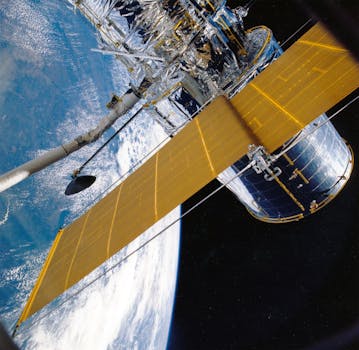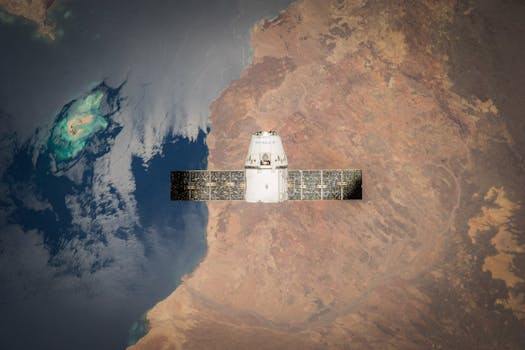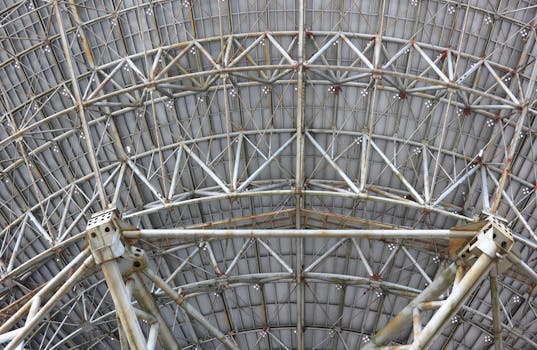From Geostationary to Low Earth Orbit: The Evolution of Satellite Telecommunications in 2023

From Geostationary to Low Earth Orbit: The Evolution of Satellite Telecommunications in 2023
From Geostationary to Low Earth Orbit: The Evolution of Satellite Telecommunications in 2023 has revolutionized the way we communicate, with a significant shift from traditional geostationary satellites to low Earth orbit (LEO) satellites. This evolution has transformed the telecommunications industry, enabling faster, more reliable, and cost-effective communication services. In this article, we will delve into the history of satellite telecommunications, the advantages of LEO satellites, and the current state of the industry.
The first commercial communications satellite, Intelsat 1, was launched in 1965, marking the beginning of the geostationary satellite era. Geostationary satellites, orbiting at an altitude of approximately 36,000 kilometers, provided a stable and reliable means of communication, covering large areas of the Earth’s surface. However, they had limitations, such as high latency, limited bandwidth, and high operating costs. The shift towards LEO satellites has addressed these limitations, offering lower latency, higher bandwidth, and reduced operating costs.
The Advantages of Low Earth Orbit Satellites

LEO satellites, orbiting at an altitude of approximately 160 to 2,000 kilometers, have several advantages over geostationary satellites. One of the primary benefits is reduced latency, which is critical for real-time communication applications such as video conferencing and online gaming. LEO satellites also offer higher bandwidth, enabling faster data transfer rates and supporting a wider range of applications. Additionally, LEO satellites are less expensive to launch and operate, making them a more cost-effective option for telecommunications companies.
Another significant advantage of LEO satellites is their ability to provide global coverage, including remote and underserved areas. Traditional geostationary satellites often struggle to provide reliable coverage in these areas, due to the Earth’s curvature and atmospheric interference. LEO satellites, with their lower altitude and wider field of view, can provide more comprehensive coverage, bridging the digital divide and enabling connectivity for millions of people worldwide.
Current State of the Industry

The satellite telecommunications industry is experiencing rapid growth, driven by the increasing demand for fast, reliable, and cost-effective communication services. Several companies, such as SpaceX, OneWeb, and Amazon’s Kuiper Systems, are launching constellations of LEO satellites to provide global coverage and support a wide range of applications, including broadband internet, mobile connectivity, and IoT services.
The use of LEO satellites is also enabling new applications and services, such as satellite-based Earth observation, navigation, and communication services for the maritime and aviation industries. The development of new technologies, such as phased array antennas and advanced propulsion systems, is further enhancing the capabilities of LEO satellites, enabling faster and more efficient communication services.
Conclusion

In conclusion, the evolution of satellite telecommunications from geostationary to low Earth orbit satellites has transformed the telecommunications industry, enabling faster, more reliable, and cost-effective communication services. The advantages of LEO satellites, including reduced latency, higher bandwidth, and global coverage, have made them an attractive option for telecommunications companies and have enabled new applications and services. As the industry continues to grow and evolve, we can expect to see further innovations and advancements in satellite technology, driving the development of new communication services and applications.
See more:





